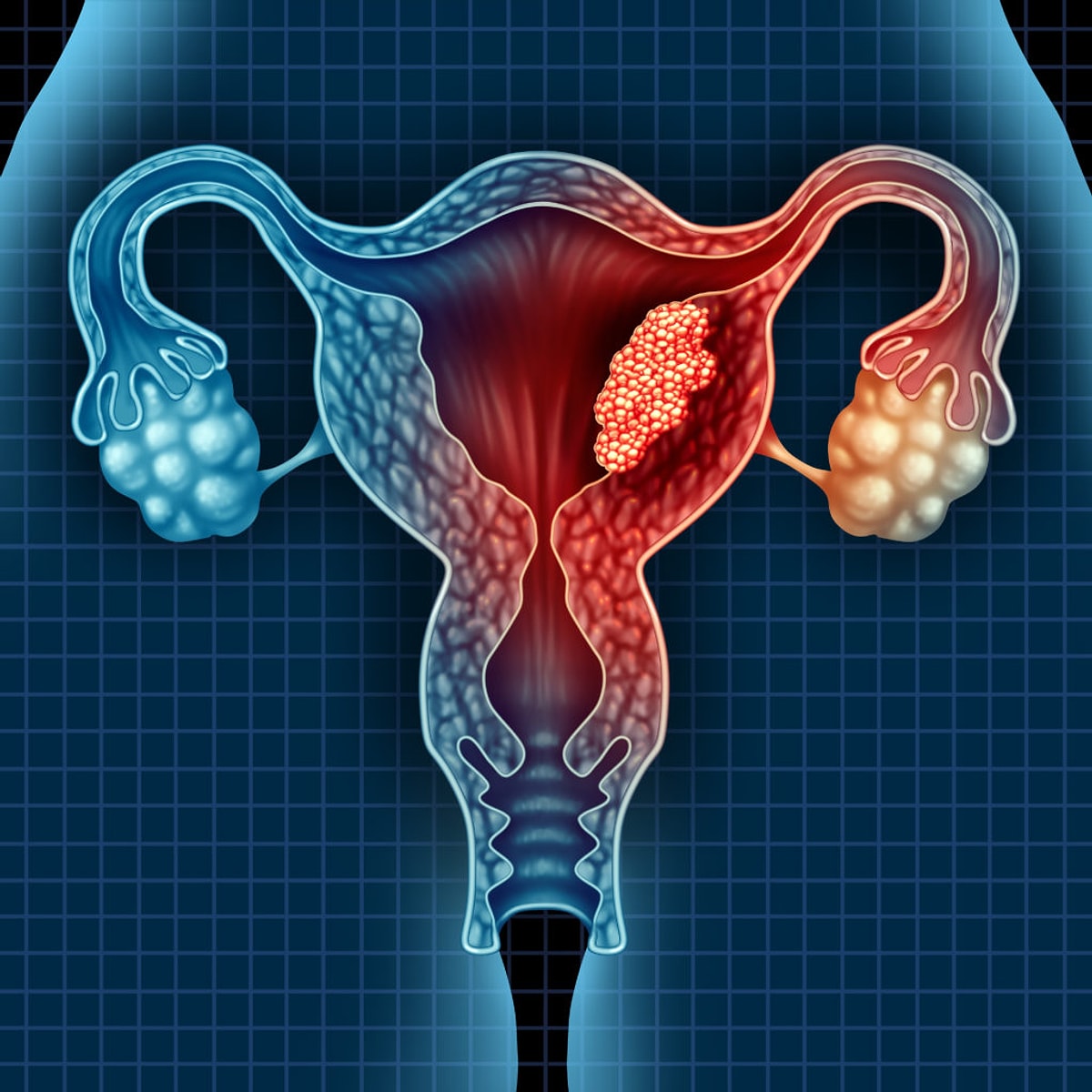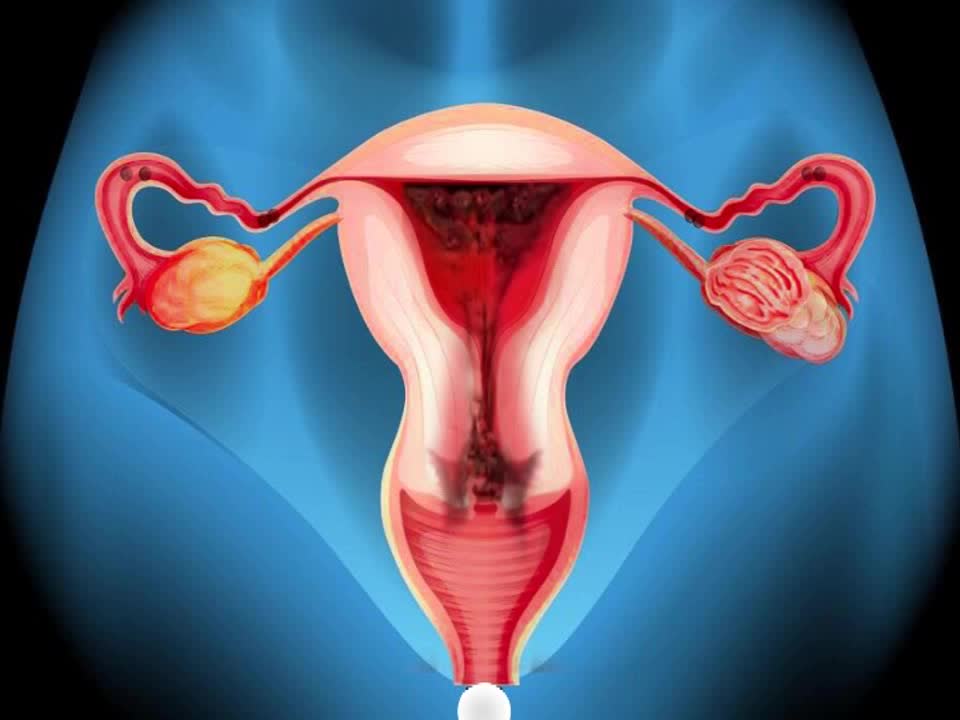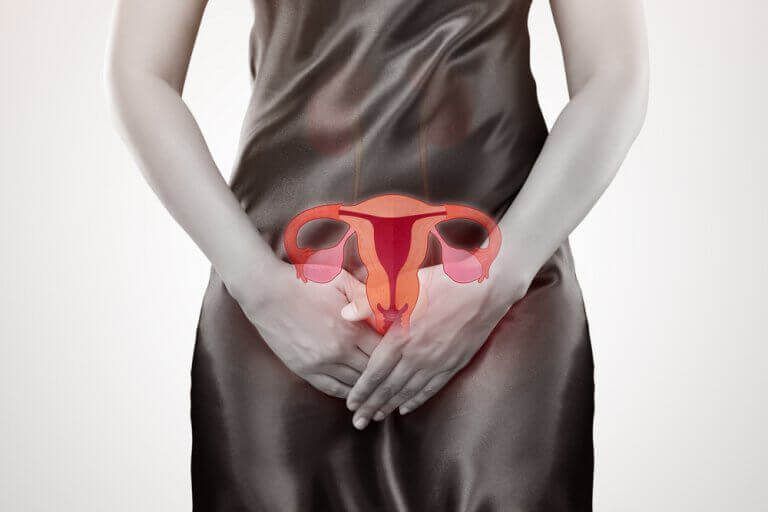It is the condition in which the cervix weakens and opens early during pregnancy. This can lead to miscarriage or premature birth, usually in the second trimester. The cause is congenital weakness, trauma or surgical interventions. Cervical insufficiency, Symptoms include mild groin pain or a feeling of vaginal pressure. Treatment methods include stitching the cervix (cerclage) or progesterone therapy. Early diagnosis is important for the healthy progression of pregnancy.
What are the symptoms of cervical insufficiency?
 There may be a feeling of heaviness or pressure in the lower abdomen or vagina. Mild to moderate pain may be felt in the lower back or lower back. Mild cramping similar to menstrual cramps may be experienced. There may be more vaginal discharge than normal, sometimes pink or brown. Spotting or light vaginal bleeding may occur, especially in the second trimester. There may be a feeling of abnormal expansion of the uterus, and the baby may be felt lower down. Amniotic fluid may leak when the cervix opens early, increasing the risk of premature labor.
There may be a feeling of heaviness or pressure in the lower abdomen or vagina. Mild to moderate pain may be felt in the lower back or lower back. Mild cramping similar to menstrual cramps may be experienced. There may be more vaginal discharge than normal, sometimes pink or brown. Spotting or light vaginal bleeding may occur, especially in the second trimester. There may be a feeling of abnormal expansion of the uterus, and the baby may be felt lower down. Amniotic fluid may leak when the cervix opens early, increasing the risk of premature labor.
Cervical insufficiency It can often progress without symptoms. It is often detected during a routine ultrasound. Risk factors include a history of previous cervical surgery, such as cervical incompetence. If you have any of these symptoms or are at risk of premature labor, it is important to consult an obstetrician.
What Causes Cervical Insufficiency?
Congenital connective tissue disorders (such as Ehlers-Danlos syndrome) can cause the cervix to become weak. Abnormal development of the uterus and cervix can lead to cervical incompetence. Surgical procedures performed on the cervix (such as LEEP, conization) can cause the cervix to become weak. Damage or dilation of the cervix in previous births can increase the risk of incompetence. Damage to the cervix from an abortion or difficult birth can lead to cervical incompetence. Chronic uterine infections can cause the tissues to weaken.
During pregnancy, a lack of progesterone can prevent the cervix from remaining strong enough. Hormonal disorders that cause the connective tissue to loosen can contribute to cervical incompetence. In twin or triplet pregnancies, the increased distension of the uterus can strain the cervix. Excess amniotic fluid (polyhydramnios) can increase cervical pressure, causing premature dilation. Cervical insufficiency It usually progresses without showing any obvious symptoms. If diagnosed early, it can be controlled with measures such as progesterone support and bed rest.
How is Cervical Insufficiency Treated?

A silicone ring (pessary) placed in the cervix can prevent premature rupture by supporting the weight of the uterus. It is a preferred method especially for those who do not want surgery or for mild cases. Cervical insufficiency Bed rest is recommended for pregnant women diagnosed with cervical cancer under the supervision of a doctor. The length of the cervix is regularly monitored with ultrasound to assess the risk of premature birth. Which of these treatments will be applied is determined by the gynecologist, taking this into consideration.






